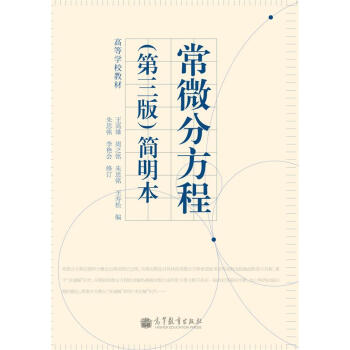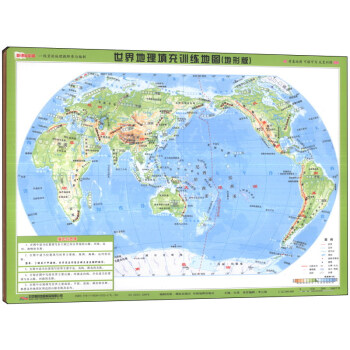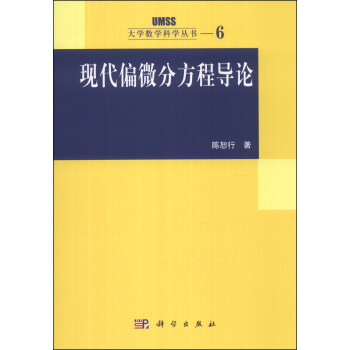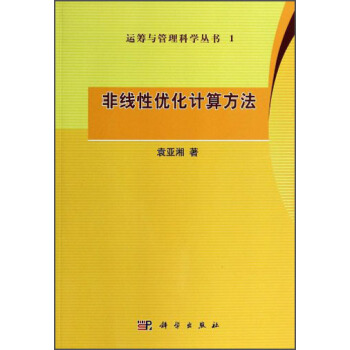![超弦理论(第1卷) [Superstring theory Vol.1]](https://pic.windowsfront.com/10096463/cd43ecc6-13b5-4403-900e-68468863fe9a.jpg)

具体描述
内容简介
Recent years have brought a revival of work on string theory, which has been a source of fascination since its origins nearly twenty years ago.There seems to be a widely perceived need for a systematic, pedagogical exposition of the present state of knowledge about string theory. We hope that this book will help to meet this need. To give a comprehensive account of such a vast topic as string theory would scarcely be possible,even in two volumes with the length to which these have grown. Indeed,we have had to omit many important subjects, while treating others only sketchily. String field theory is omitted entirely (though the subject of chapter 11 is closely related to light-cone string field theory). Conformal field theory is not developed systematically, though much of the background material needed to understand recent papers on this subject is presented in chapter 3 and elsewhere.内页插图
目录
Preface1 Introduction
1.1 The early days of dual models
1.1.1 The Veneziano amplitude and duality
1.1.2 High-energy behavior of the Veneziano model
1.1.3 Ramifications of the Veneziano model
1.2 Dual models of everything
1.2.1 Duality and the graviton
1.2.2 Unification in higher dimensions
1.2.3 Supersymmetry
1.3 String theory
1.3.1 The massless point particle
1.3.2 Generalization to strings
1.3.3 Constraint equations
1.4 String interactions
4.1 Splitting of strings
1.4.2 Vertex operators
1.4.3 Use of vertex operators
1.4.4 Evaluation of the scattering amplitude
1.4.5 The mass of the graviton
1.5 Other aspects of string theory
1.5.1 Gravitational Ward identities
1.5.2 Open strings
1.5.3 Internal symmetries of open strings
1.5.4 Recovery of the Veneziano amplitude
1.5.5 Comparison with QCD
1.5.6 Upitarity and gravity
1.6Conclusion
2 Free bosonic strings
2.1The classical bosonic string
2.1.1 String action and its symmetries
2.1.2 The free string in Minkowski space
2.1.3 Classical covariant gauge fixing and field equations
2.2 Quantization - old covariant approach
2.2.1 Commutation relations and mode expansions
2.2.2 Virasoro algebra and physical states
2.2.3 Vertex operators
2.3 Light-cone gauge quantization
2.3.1 Light-cone gauge and Lorentz algebra
2.3.2 Construction of transverse physical states
2.3.3 The no-ghost theorem and the spectrum-generating algebra
2.3.4 Analysis of the spectrum
2.3.5 Asymptotic formulas for level densities
2.4 Summary
3 Modern covariant quantization
3.1Covariant path-integral quantization
3.1.1 Fazideev-P0pov ghosts
3.1.2 Complex world-sheet tensor calculus
3.1.3 Quantizatlon of the ghosts3.2.1 Construction of BRST charge
3.2.2 Covariant calculation of the Virasoro anomaly
3.2.3 Virasoro, conformal and gravitational anomalies
3.2.4 Bosonization of ghost coordinates
3.3 Global aspects of the string world sheet
3.4 Strings in background fields
3.4.1 Introduction of a background spa~~e-time metric
3.4.2 Weyl invariance
3.4.3 Conformal invariance and the equations of motion
3.4.4 String-theoretic corrections to general relativity
3.4.5 Inclusion of other modes
3.4.6 The dilaton expectation value and the string coupling constant
3.5Summary
4 World-sheet supersymmetry in string theory
4.1 The classical theory
4.1.1 Global world-sheet supersymmetry
4.1.2 Superspace
4.1.3 Constraint equations
4.1.4 Boundary conditions and mode expansions
4.2 Quantization - the old covariant approach
4.2.1 Commutation relations and mode expansions
4.2.2 Super-Virasoro algebra and physical states
4.2.3 Boson-emission vertex operators
4.3 Light-cone gauge quantization
4.3.1 The light-cone gauge
4.3.2 No-ghost theorem and the spectrum-generating algebra
4.3.3 The GSO conditions
4.3.4 Locally supersymmetric form of the action
4.3.5 Superstring action and its symmetries
4.4 Modern covariant quantization
4.4.1 Faddeev-Popov ghosts
4.4.2 BRST symmetry
4.4.3 Covariant computation of the Virasoro anomaly
4.5 Extended world-sheet supersymmetry
4.5.1 The N = 2 theory
4.5.2 The N = 4 theory
4.6Summary
4.A Super Yang-Mills theories
5 Space-time supersymmetry in string theory
5.1 The classical theory
5.1.1 The superparticle
5.1.2 The supersymmetric string action
5.1.3 The local fermionic symmetry
5.1.4 Type I and type II superstrings
5.2 Quantization
5.2.1 Light-cone gauge
5.2.2 Super-Poincar
5.3.2 Closed superstrings
5.4 Remarks concerning covariant quantization
5.5 Summary
5.A Properties of SO(2n) groups
5.B The spin(8) Clifford algebra
6 Nonabelian gauge symmetry
6.1Open strings
6.1.1 The Chan-Paton method
6.1.2 Allowed gauge groups and:representations
6.2 Current algebra on the string world sheet
6.3Heterotic strings
6.3.1 The SO(32) theory
6.3.2 The Es x Es theory
6.4Toroidal compactification
6.4.1 Compactification on a circle
6.4.2 Fermionization
6.4.3 Bosonized description of the heterotic string
6.4.4 Vertex operator representations
6.4.5 Formulas for the cocycles
6.4.6 The full current Mgebra
6.4.7 The Es and spin(32)/Z2 lattices
6.4.8 The heterotic string spectrum
6.5 Summary
6.A Elements of Es
6.B Modular forms
7 Tree amplitudes
7.1 Bosonic open strings
7.1.1 The structure of tree amplitudes
7.1.2 Decoupling of ghosts
7.1.3 Cyclic symmetry
7.1.4 Examples
7.1.5 Tree-level gauge invariance
7.1.6 The twist operator
7.2 Bosonic closed strings
7.2.1 Construction of tree amplitudes
7.2.2 Examples
7.2.3 Relationship to open-string trees
7.3 Superstrings in the RNS formulation
7.3.1 Open-string tree amplitudes in the bosonic sector
7.3.2 The F1 picture
7.3.3 Examples
7.3.4 Tree amplitudes with one fermion line
7.3.5 Fermion-emission vertices
7.4 Superstrings in the supersymmetric formulation
7.4.1 Massless particle vertices
7.4.2 Open-string trees
7.4.3 Closed-string trees
7.4.4 Heterotic-string trees
7.5 Summary
7.A Coherent-state methods and correlation functions
Bibliography
Index
前言/序言
Recent years have brought a revival of work on string theory, which has been a source of fascination since its origins nearly twenty years ago.There seems to be a widely perceived need for a systematic, pedagogical exposition of the present state of knowledge about string theory. We hope that this book will help to meet this need. To give a comprehensive account of such a vast topic as string theory would scarcely be possible,even in two volumes with the length to which these have grown. Indeed,we have had to omit many important subjects, while treating others only sketchily. String field theory is omitted entirely (though the subject of chapter 11 is closely related to light-cone string field theory). Conformal field theory is not developed systematically, though much of the background material needed to understand recent papers on this subject is presented in chapter 3 and elsewhere.用户评价
“超弦理论”这个词本身就带有一种神秘而迷人的色彩,它似乎指向了宇宙最深处的秘密。我购买《超弦理论(第1卷)》这本书,并非期望它能让我立刻掌握高深的物理知识,而是希望能够通过它,对这个理论有一个初步的、宏观的认识。我好奇的是,为什么物理学家会认为弦才是基本粒子,以及这种“弦”究竟是什么样的存在。书中是否会涉及到多维度的概念,以及这些额外的维度是如何被隐藏起来的?我也很想知道,超弦理论在解决物理学中长期存在的难题,比如引力子的量子化问题,或者黑洞信息悖论等方面,有着怎样的突破性贡献。我倾向于那些能够提供清晰的物理图像和直观解释的书籍,即使其中包含一些数学推导,也希望能够有相应的解读,让我能够理解其背后的逻辑。这本书的出版,对我来说,就像是获得了一张地图,虽然不能立即穿越山河,但至少能让我知道自己正走向何方,以及旅途可能有多么壮丽。
评分我之所以会被《超弦理论(第1卷)》这本书所吸引,是因为它所触及的领域是人类探索宇宙最根本的问题之一。从古至今,人类对于物质的构成和宇宙的运作机制就从未停止过探索。而超弦理论,作为现代物理学最前沿的理论之一,似乎为我们提供了一个全新的视角来理解这一切。我并非一名专业的物理学家,但我对那些能够挑战我们现有认知,并尝试用更简洁、更统一的框架来解释自然规律的理论充满敬意。我希望这本书能够带领我走进一个由振动的弦构成的微观世界,去理解那些我们肉眼看不见的、却支配着宇宙运行的基本单元。我期待书中能够阐述超弦理论是如何尝试统一量子场论和爱因斯坦的广义相对论这两个看似无法调和的理论,以及它如何可能解释暗物质和暗能量的本质。这本书的名字本身就透露出一种深邃和严谨,我猜测它不仅仅是关于公式和计算,更是一种对宇宙终极答案的哲学性追问。读完这本书,我希望能对“万有理论”的追求有一个更清晰的认识,并感受到科学探索的艰辛与辉煌。
评分读到《超弦理论(第1卷)》这个书名,我立刻就联想到它所代表的那个试图统一一切物理规律的伟大设想。作为一名对宇宙奥秘充满好奇的读者,我一直关注着物理学界的前沿进展,而超弦理论无疑是其中最激动人心的部分之一。我希望这本书能够为我揭示这个理论的核心思想,包括它是如何将粒子视为一维的弦,以及这些弦的不同振动模式如何对应着我们所知的各种基本粒子。我也期待书中能够探讨超弦理论在解释宇宙起源、黑洞物理以及量子引力等问题上的潜力。虽然我知道超弦理论必然涉及到大量的数学工具,但我更看重的是它所能提供的物理图像和概念性理解。我希望作者能够用清晰的语言,将那些抽象的数学概念转化为更易于理解的物理场景,让我能够领略到科学的魅力。这本书的出现,对我而言,就像是打开了一扇通往全新物理世界的大门,让我能够一窥宇宙最深层的结构和运作方式,这本身就是一件令人兴奋的事情。
评分作为一名物理学爱好者,我一直在寻找一本能够系统性地介绍超弦理论的书籍,而《超弦理论(第1卷)》的名字恰好满足了我的期待。我并没有指望这本书能够让我立刻成为超弦理论的专家,但它至少应该能够勾勒出这个理论的宏伟蓝图,让我们这些非专业人士也能窥见其堂奥。我希望书中能用相对易懂的语言,解释超弦理论的核心思想,例如“弦”的振动模式如何对应不同的粒子,以及它如何巧妙地解决了标准模型中的一些难题。我也很期待书中能够介绍一下超弦理论的几个主要分支,比如Ⅰ型、ⅡA、ⅡB、异质弦理论等,并解释它们之间的联系和区别。虽然我明白其中必然会涉及一些复杂的数学工具,但我希望作者能够尽量避免过多的技术细节,而是侧重于理论的物理图像和概念性解释。对我而言,最重要的是能够通过这本书,理解超弦理论在统一基本力、解释黑洞熵、以及探索宇宙起源等方面的巨大潜力。这本书的出版,对我来说,就像是收到了一张通往未知宇宙的入场券,充满了探索的动力和对未知的向往。
评分这本书的名字听起来就让人肃然起敬,一股浓厚的学术气息扑面而来。我一直对宇宙最深层次的奥秘充满好奇,而超弦理论无疑是当前物理学界探索这些奥秘的最前沿阵地之一。虽然我对其中的具体数学细节可能理解有限,但仅凭这本书的名称,我就能想象到它所承载的知识深度和广度。我期待着它能为我打开一扇通往宇宙基本构成的新视角,让我能对那些我们习以为常的物理现象,如引力、电磁力、以及基本粒子的性质,产生更深刻的理解。读完这本书,我希望能对“弦”这个微观概念有一个更直观的认识,了解它如何取代点粒子成为物质的基本组成单元,以及它如何统一了量子力学和广义相对论这两大物理学支柱。这本书的厚重感也暗示着它并非易读之作,但我愿意投入时间和精力去钻研,去挑战那些看似遥不可及的物理概念。我希望这本书能激发我更多的思考,让我开始去设想那些尚未被观测到的维度,以及它们可能对我们宇宙产生的深远影响。这本书就像是一座知识的宝库,等待着我去挖掘,去领略那些构建宇宙的精妙图景。
评分很好
评分不可否认,美国人学工程及数学的人确实越来越少,学商及法律的人也越来越多,但这并不意味着一个普通的(average)受过教育的美国人的数学水平要低于一个普通的受过教育的中国人。即使是在美国的商学院、法学院里数学好的学生肯定也是美国人。这是因为美国的中学提倡的是通才教育,高中的数学是有一定标准的,并且数学中强调逻辑与推理的训练。而中国的学生初中毕业就开始文理分科,其结果是美国最烂的高中毕业的学生的数学水平也要比中国最好的大学毕业的文科博士高很多。美国的正规学校,初中以前基本放羊,但一到高中,立刻严谨。美国一个正规高中学生受到的学业压力不比中国孩子轻。一个普通的中国人在他(她)受教育的过程中,只有在初中以前,有可能有机会比美国人数学好。
评分最近有点忙,还没有时间看。
评分这个内容的书,不大好找。而且价格都很贵。这个算是比较便宜的了。缺点就是影印的不够清晰。
评分怎么牛的书 没人买啊
评分GSW的经典书籍
评分GSW的经典书籍
评分文字精美 例子很好 使人一看就懂
评分怎么牛的书 没人买啊
相关图书
本站所有内容均为互联网搜索引擎提供的公开搜索信息,本站不存储任何数据与内容,任何内容与数据均与本站无关,如有需要请联系相关搜索引擎包括但不限于百度,google,bing,sogou 等
© 2025 book.coffeedeals.club All Rights Reserved. 静流书站 版权所有

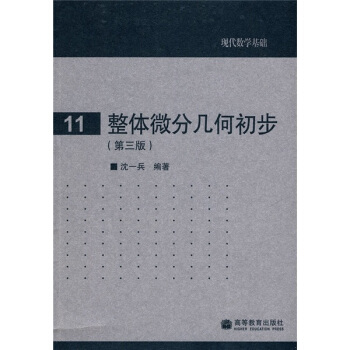
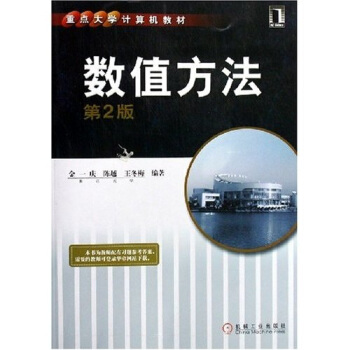
![调和分析基础教程(第2版)(英文版) [A First Course in Harmonic analysis] pdf epub mobi 电子书 下载](https://pic.windowsfront.com/10184588/0b99c11a-ed7a-49a0-bfc7-41508b70ec8f.jpg)
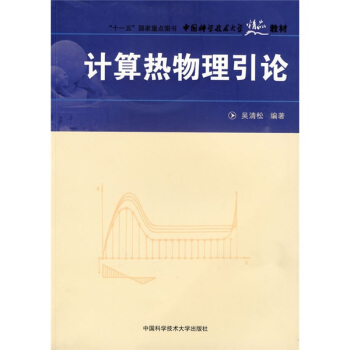

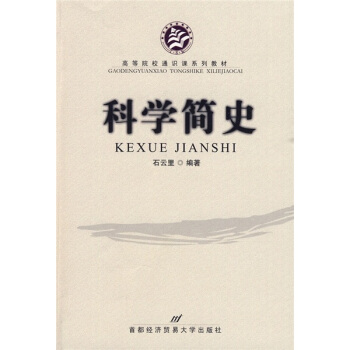
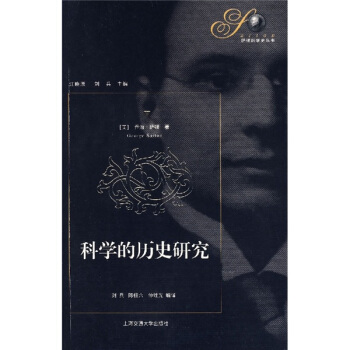
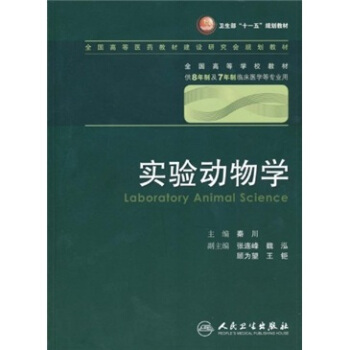
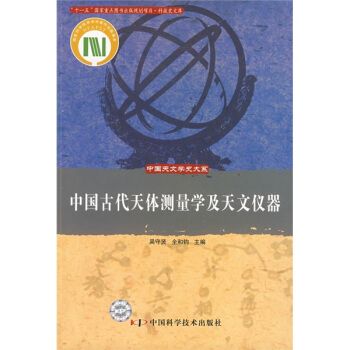


![分子间和表面力(第3版) [Intermolecular and Surface Forces] pdf epub mobi 电子书 下载](https://pic.windowsfront.com/10975218/rBEGEk-g4r8IAAAAAAEc-oEAZEMAAAmwANq7DAAAR0S354.jpg)
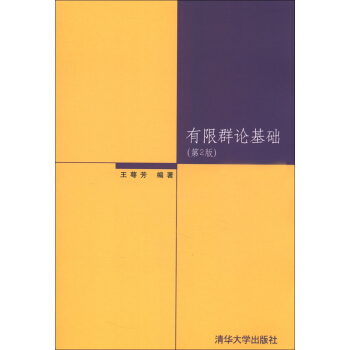
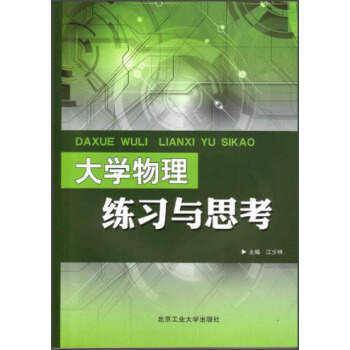
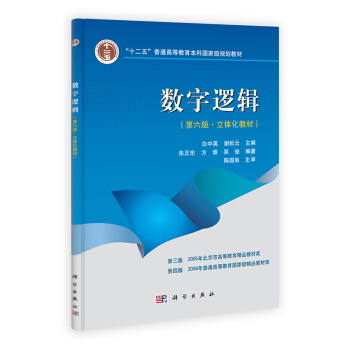
![至美无相:创造、想象与理论物理 [The Beautiful Invisible:Creativity,Imagination,and Theoretical Physics] pdf epub mobi 电子书 下载](https://pic.windowsfront.com/11225373/rBEQYFGMzEoIAAAAAAhWSew5EloAAA5OQNKwocACFZh585.jpg)
